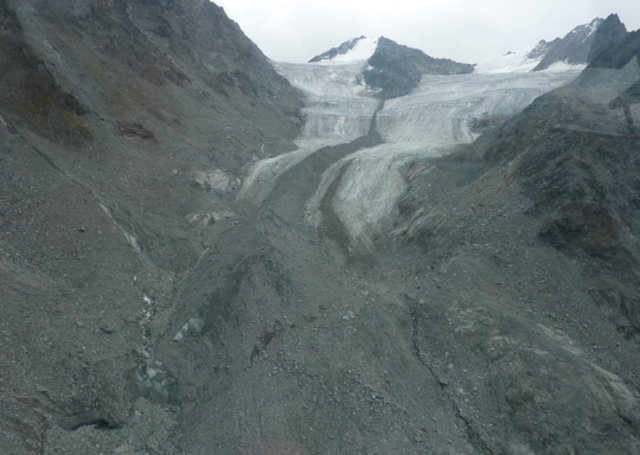

RCs are funded by the national agencies of participating countries to analyze satellite imagery for a specified set of glaciological parameters and provide the results to NSIDC for archive and distribution to the public. The database contains approximately 80 000 glacier outlines, half the estimated total on Earth. NSIDC distributes four of the six data sets selected to represent key climate variables in Earth’s frozen regions, known collectively as the cryosphere: the Sea Ice Index (Fetterer, F., et al.), the Global Land Ice Measurements from Space, the Antarctic 1-kilometer Digital Elevation Model (Bamber, J., J.
#GLIMS NSIDC FULL#
All data are in the longitude/latitude coordinate. Show full abstract Center (NSIDC) and ingested into the GLIMS Glacier Database. This file contains the citations for the data downloaded from the GLIMS Glacier Database. The last lines in the files are customized to apply to the data actually downloaded. GLIMS participants include: NSIDC as developer of the GLIMS database, USGS Flagstaff as the GLIMS Coordination Center, USGS EROS Data Center (EDC) as the archive for satellite imagery used in GLIMS analyses (NASA funding for GLIMS also includes the Flagstaff group and EDC through the related ASTER Science Team and Land Processes Distributed Active Archive Center activities), and approximately twenty two Regional Centers (RCs). When downloading GLIMS data, a file called CITATIONS.txt will be included in the package, which looks like the following. NSIDC DAAC is part of the Cooperative Institute for Research in Environmental Sciences, a joint institute of University of Colorado Boulder and the National Oceanic and Atmospheric Administration. The primary goals of GLIMS are to survey significant numbers of the world's 160,000 glaciers with data collected by the ASTER (Advanced Spaceborne Thermal Emission and reflection Radiometer) instrument aboard the EOS Terra spacecraft, and Landsat ETM+ (Enhanced Thematic Mapper Plus) and to make these data available to users in a common and easily usable format. NSIDC DAAC has served at the forefront of cryospheric data management practices since 1976. The Global Land Ice Measurements from Space (GLIMS) grant reported on here is one of the first completed elements of the overall GLIMS project that continues with separate funding from NASA, the United States Geological Survey (USGS), and internationally by many national agencies and universities. Global Land Ice Measurements from Space The NSIDC at the University of Colorado has successfully completed the tasks outlined in its proposal 09B, the 'Global Land Ice Measurements from Space' grant funded by NASA under NAG5-9722.


 0 kommentar(er)
0 kommentar(er)
